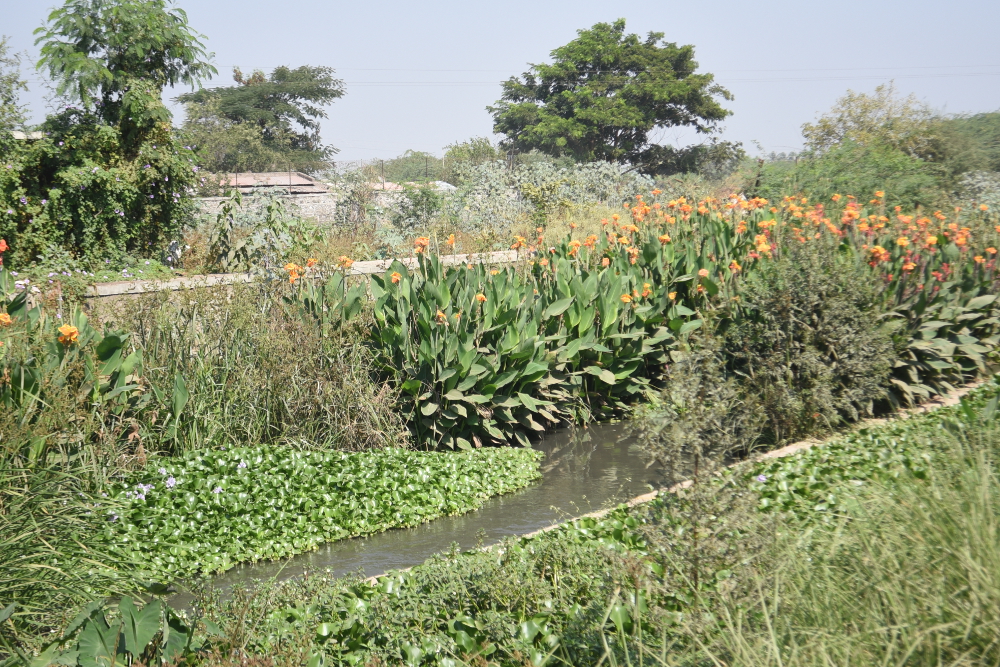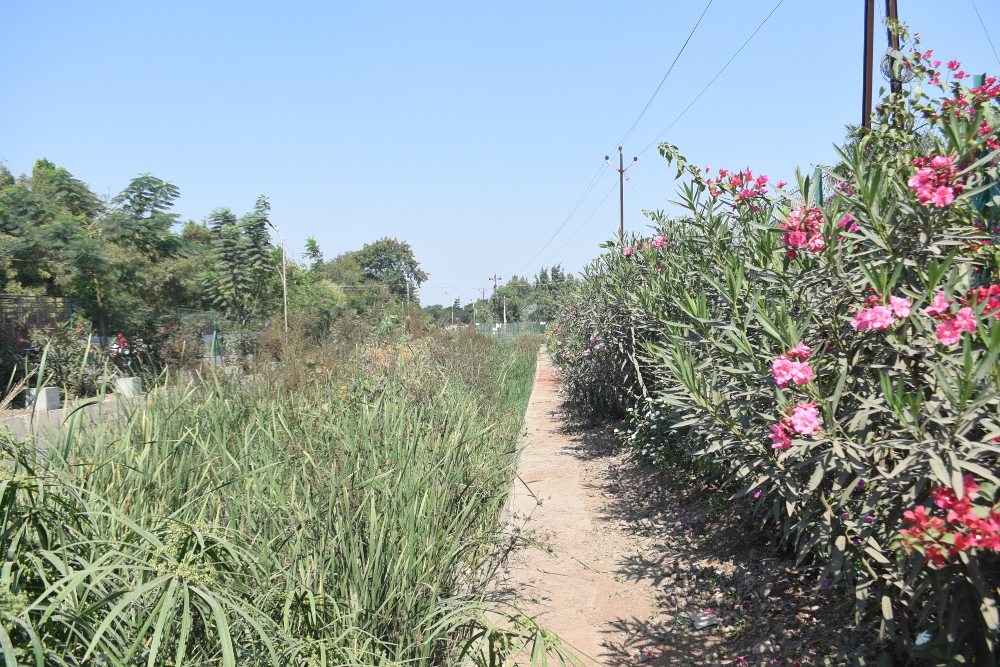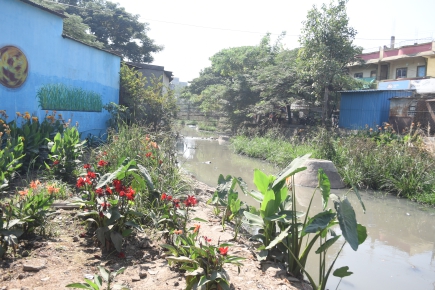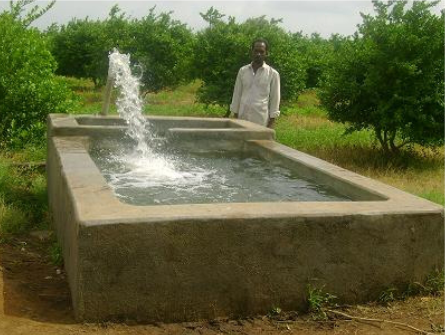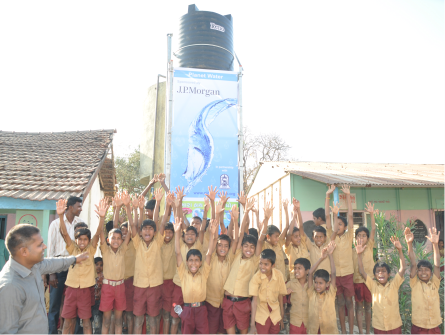[breadcrumb]
Soil and Water ManagementSoil health for crop production and nutrition
The Elixir of Life:
Water
Water is the lifeline for human existence and for the well-being of the ecosystem.
More so in the Indian context since over 65 percent of the land under cultivation is rainfed.
Deforestation, soil erosion, poor maintenance of the common lands and excessive groundwater usage has led to recurrent water scarcity.
Landscape Development
BAIF has adopted a strategic landscape approach of devising area based water resource management initiatives through a participatory approach. The landscape approach focusses on integrated planning and implementation of diverse interventions including soil and water conservation by the local community, to address development problems at the village level and to ensure efficient and optimum utilisation of financial resources.
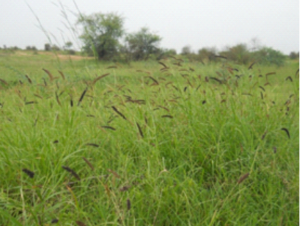
The farm bunds have been strengthened by grasses such as Stylosanthus haemata (Dhaman) and Pennisetum pedicellatum (Dinanath) which are cut for fodder apart from generating additional employment for the community, particularly the landless, by way of seed collection.
People matter when it comes to water!
Water user groups and watershed committees were developed to imbibe a sense of ownership and to regulate the usage of water.
Apart from being a democratic way of regulating the common lands, this was also conceived as an approach for ensuring long term sustainability.
The impact of various initiatives in water conservation have been stupendous. Many a parched land and thirsty soul have benefitted.

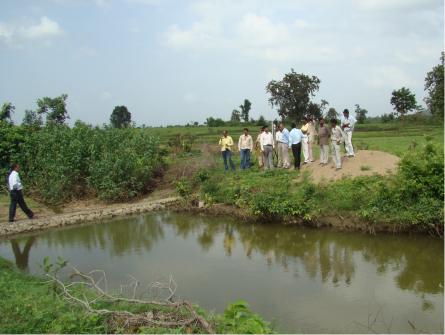
A Fountain of Hope
Year round availability of water has increased the cropping area by 20-30 %, generated year-round employment, increased the crop production by 35-60 % and the green cover.
Availability of drinking water throughout the year has reduced the drudgery and hardship of women and decreased the instances of water borne diseases.
Habitats and Ecosystems’ Restoration
BAIF has taken up many initiatives across India to ensure participatory management and eco restoration of commons/community pasture lands.These efforts have also resulted in rejuvenation of habitats and setting in important ecological processes in these identified landscapes.
Silvipasture Development: Development of pastures on village common land with improved varieties of forage species, has demonstrated conservation of pastures and sustainable development of the community.

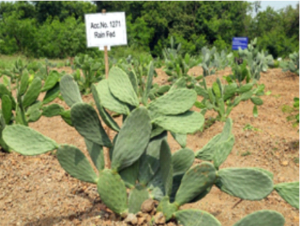
These efforts have set in as well as revived ecological processes in identified landscape/habitat and rejuvenated forests and naturally occurring springs; Increasing vegetative cover thereby improving the micro-climate of the site; Increased fodder, fuelwood and other minor forest produce, production from the landscape.
Ecological Restoration of Rivulets: Maharashtra has the largest number of polluted river water stretches in India as per the CPCB Report, 2010. Mula-Mutha river is among the 26 most polluted rivers in Maharashtra caused by the sewage from Pune city via various connected nalas. As Shindawane Nala at Urulikanchan was identified as one of the nalas contributing to serious pollution hazards, BAIF took up treatment of the nala by adopting watershed management techniques and ecological restoration on a pilot basis.
